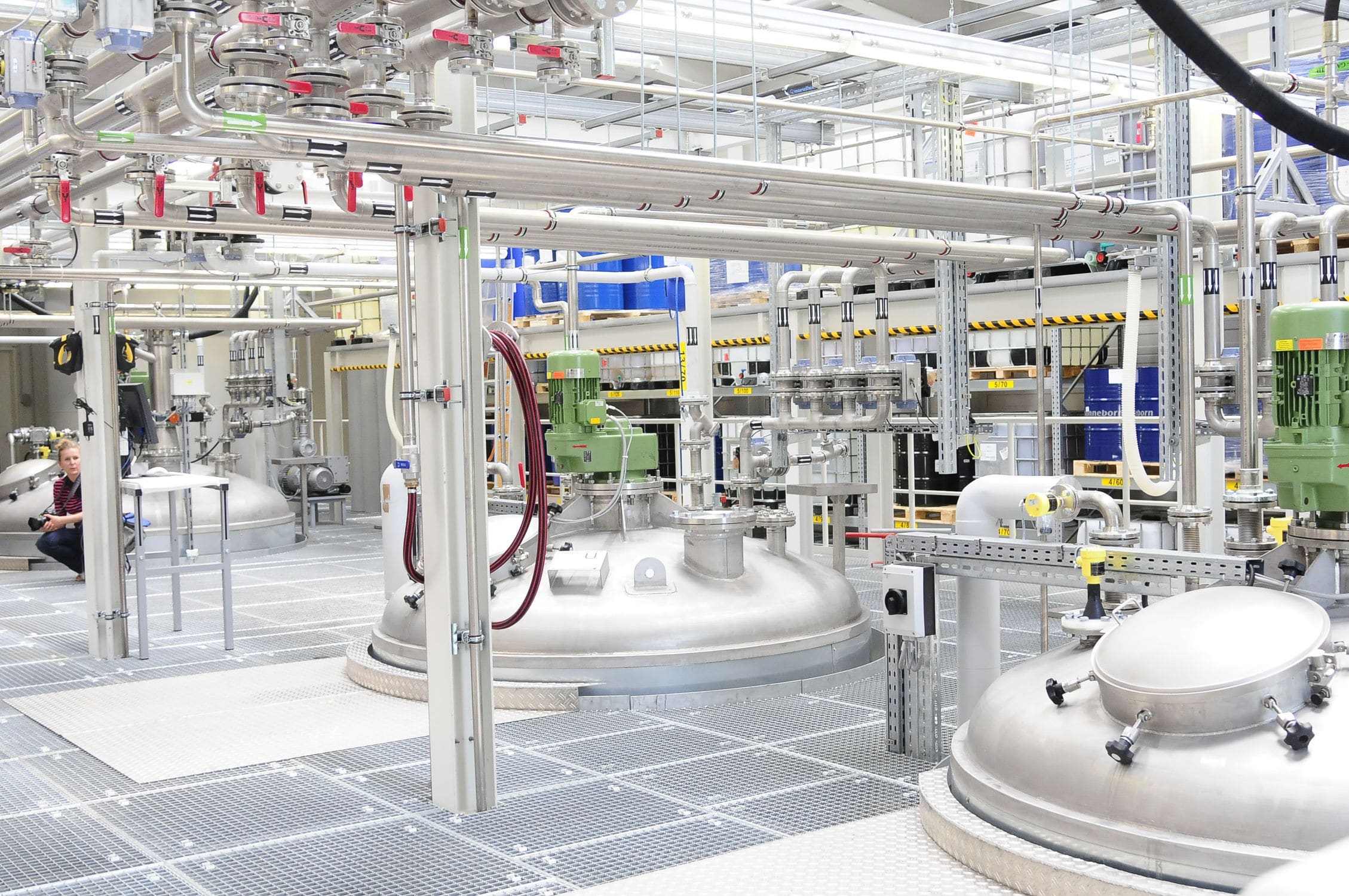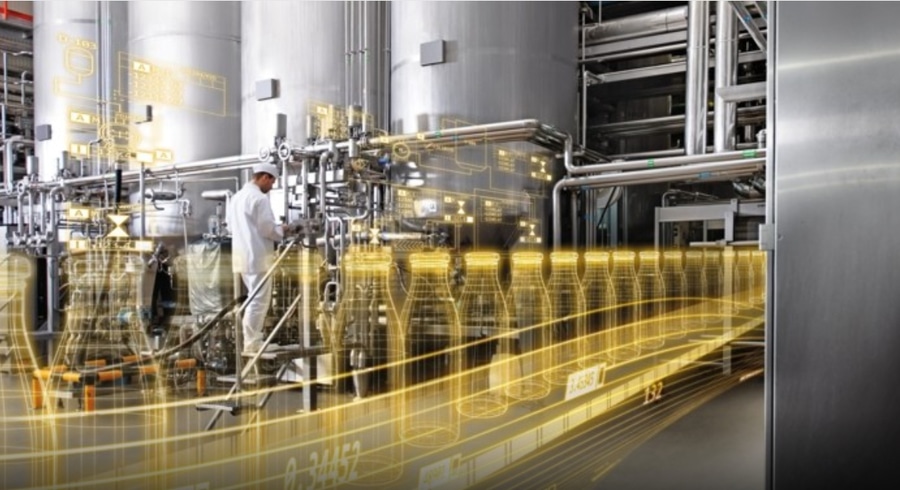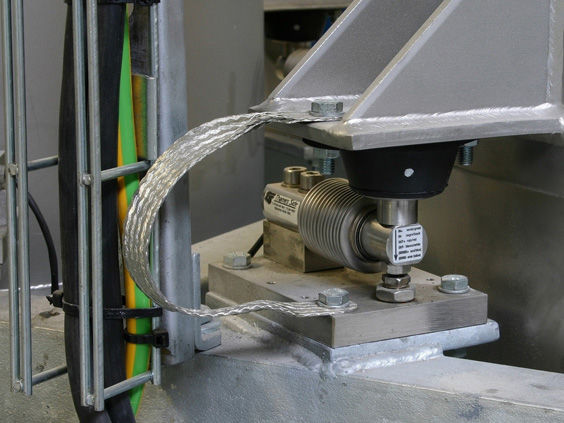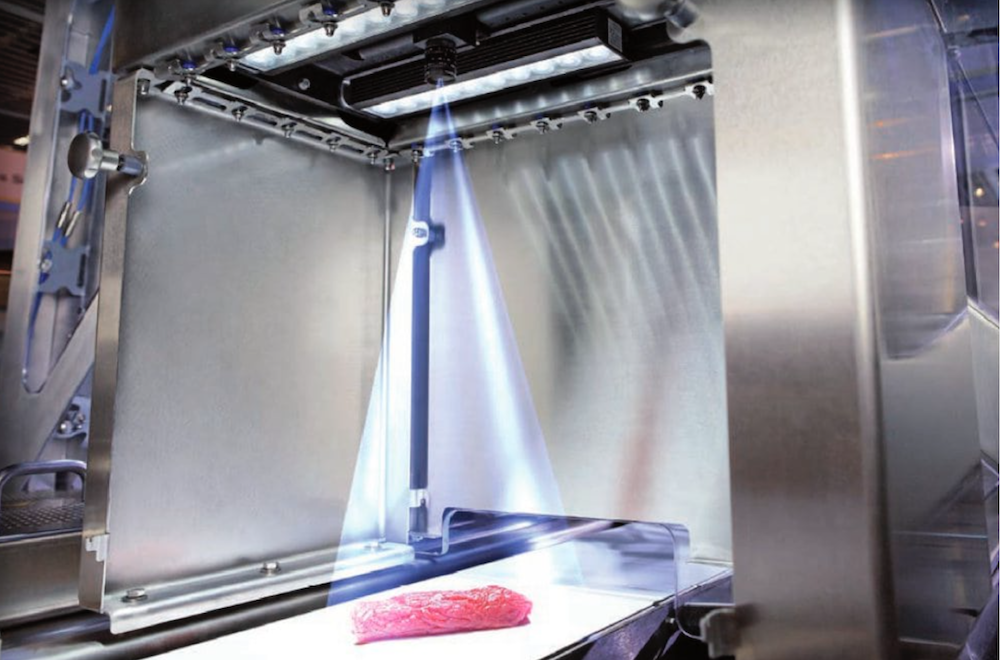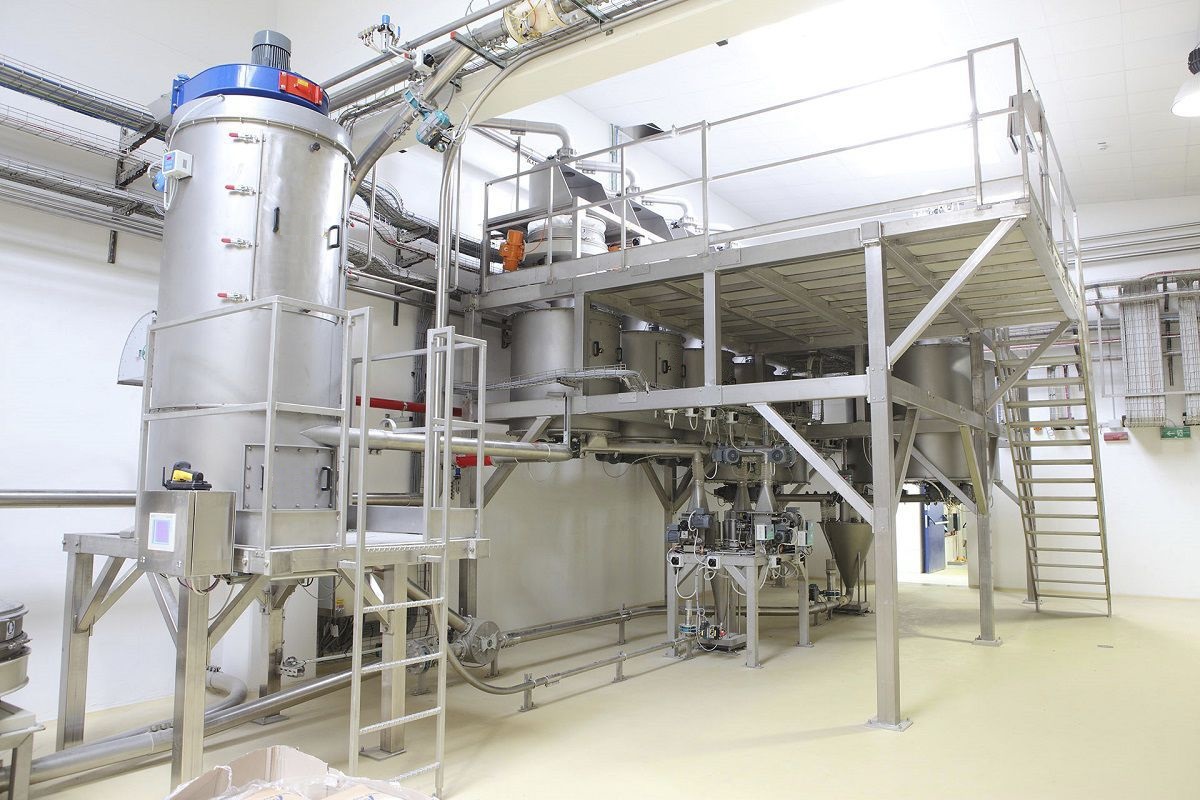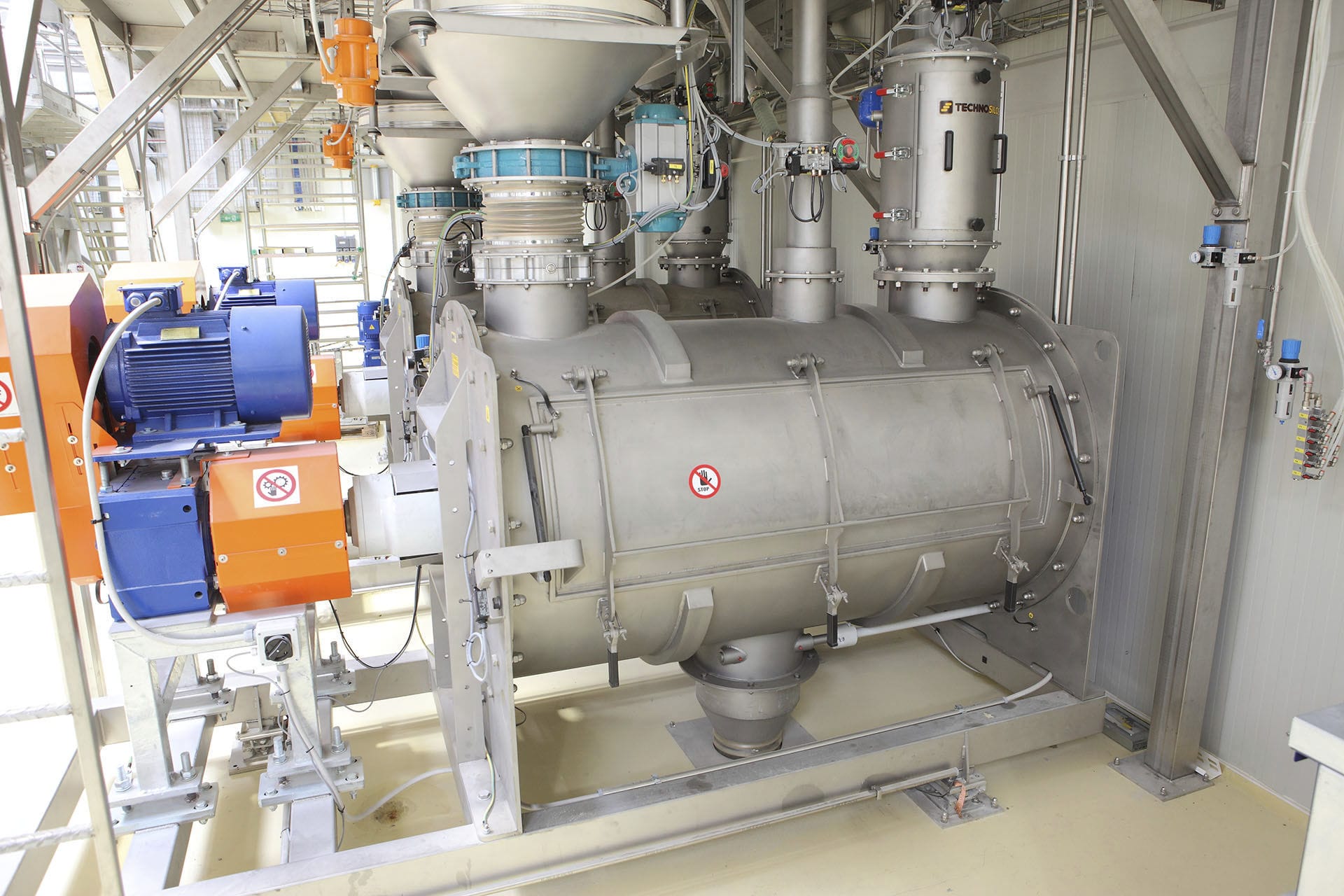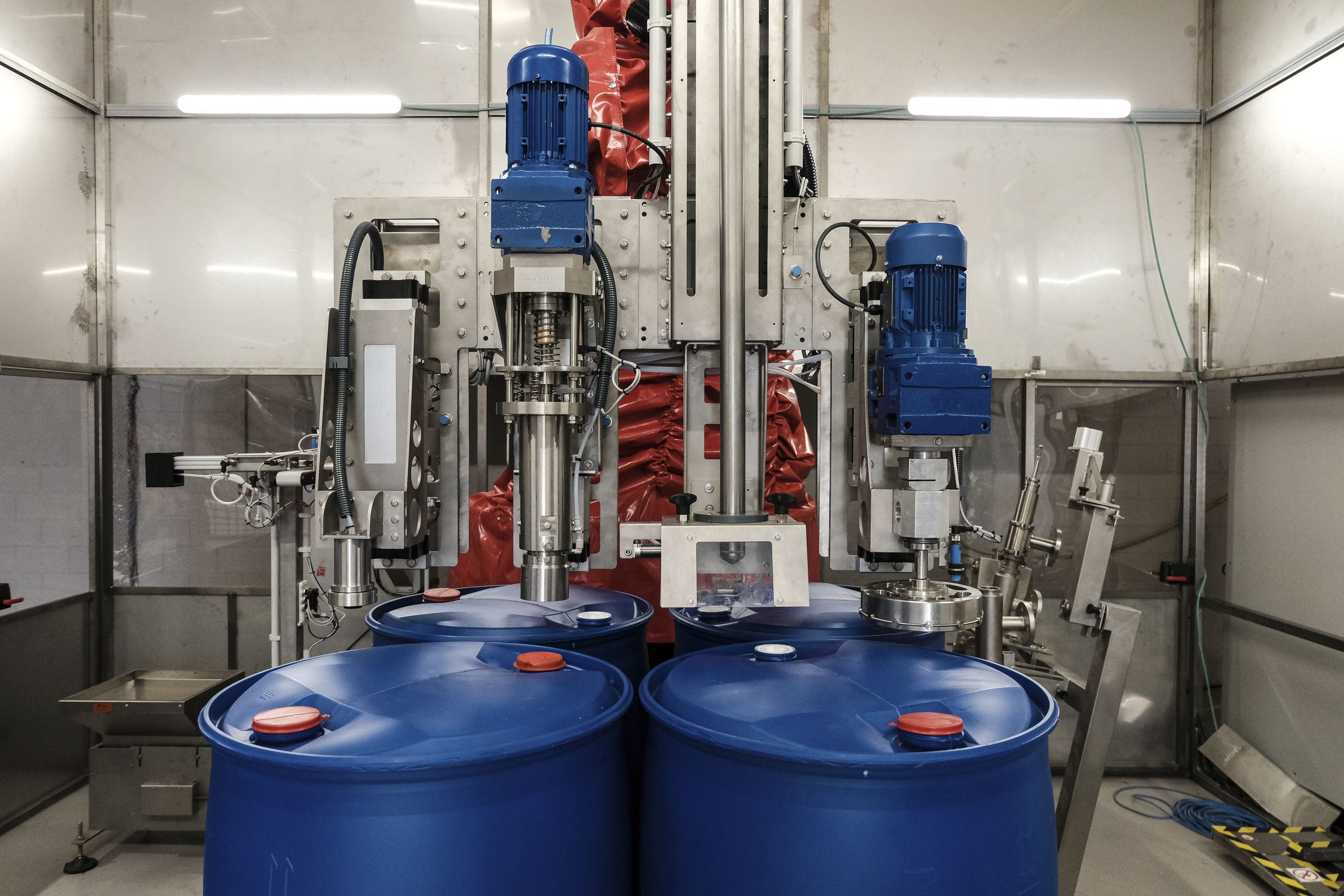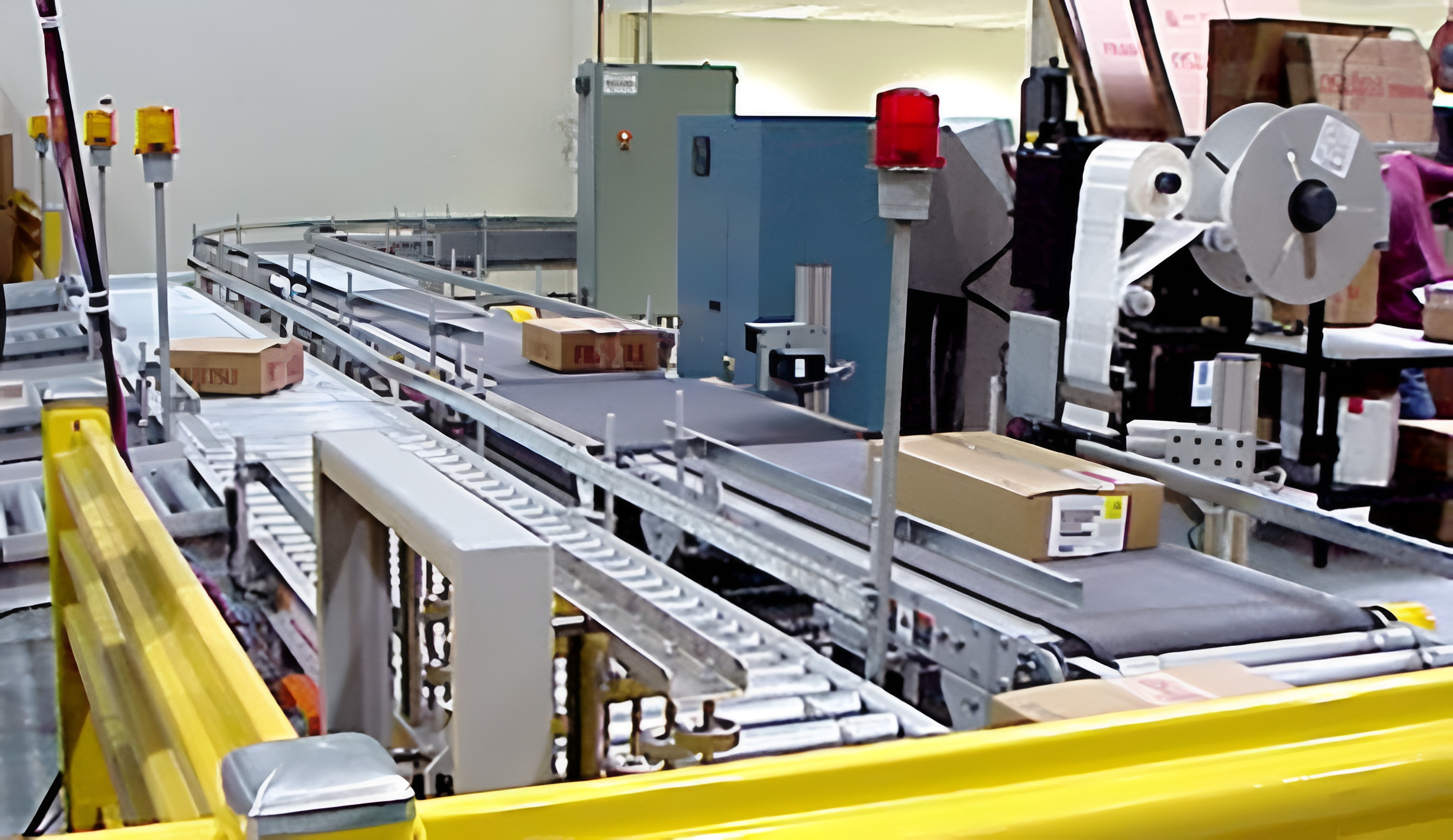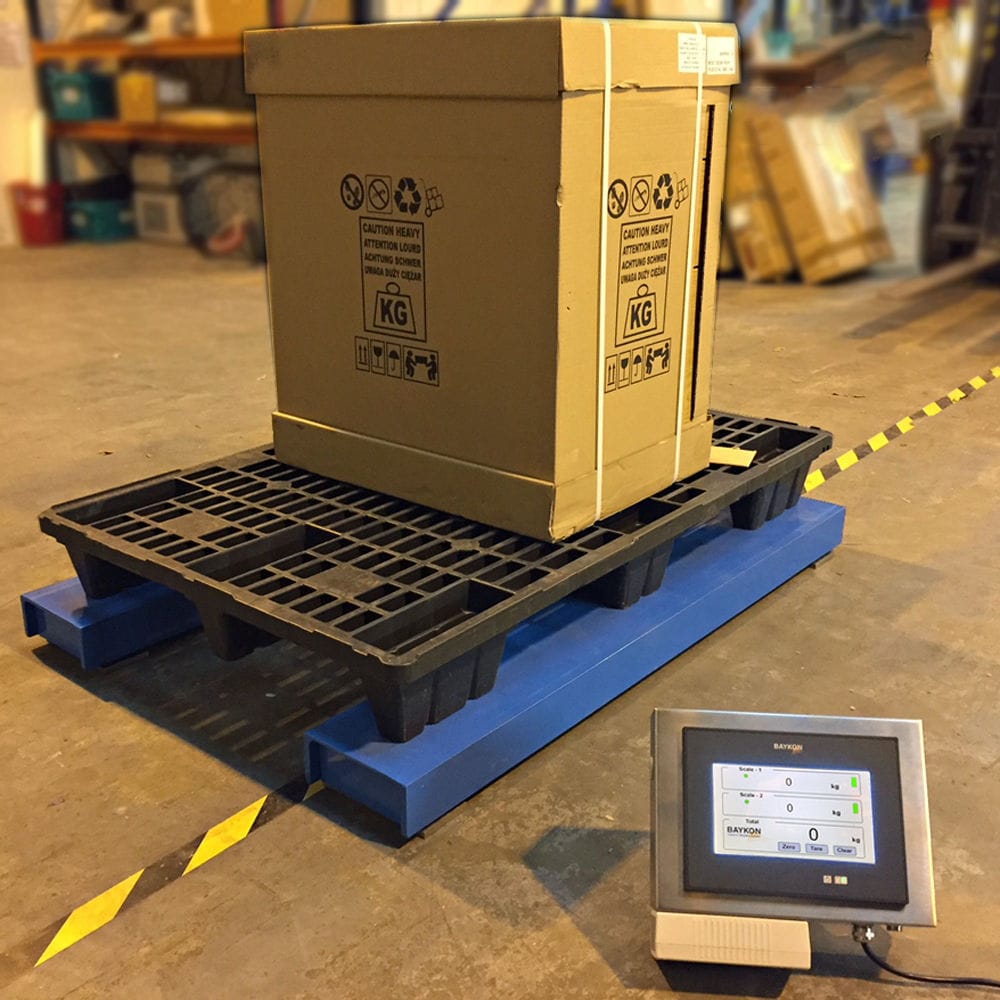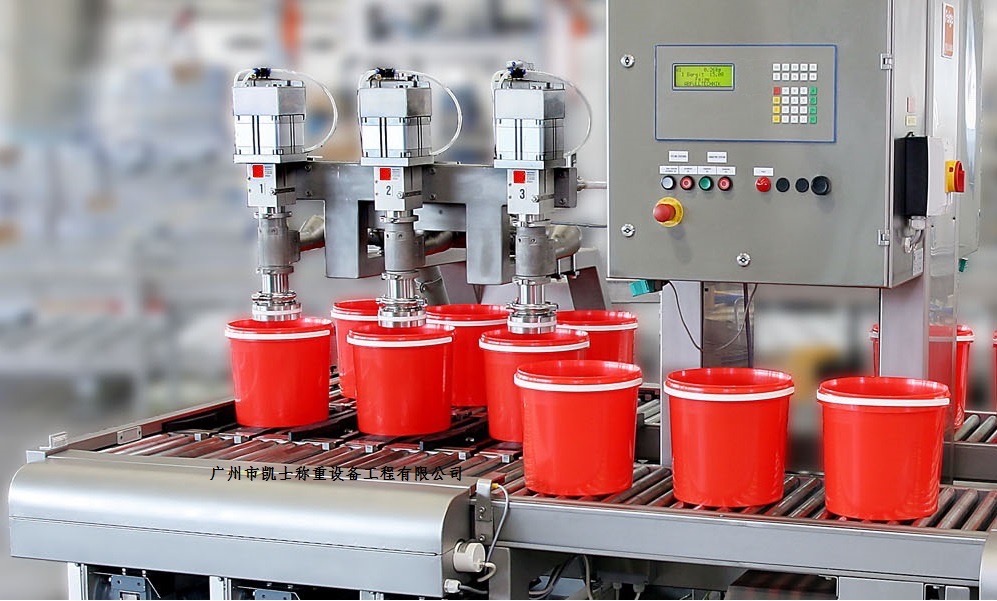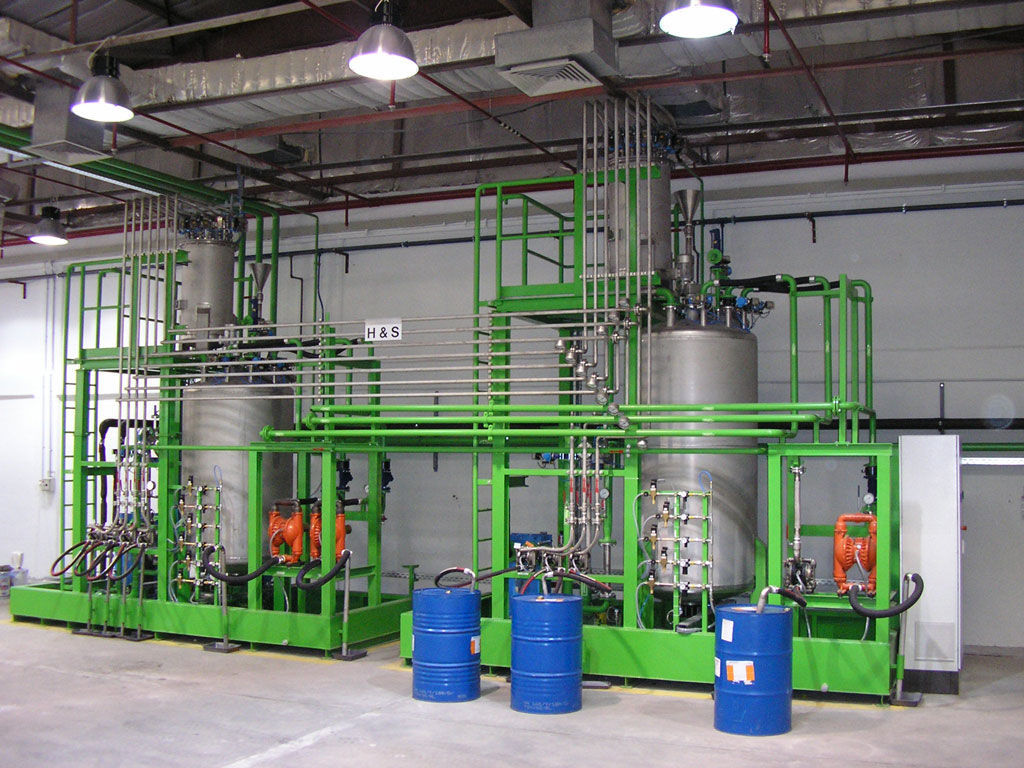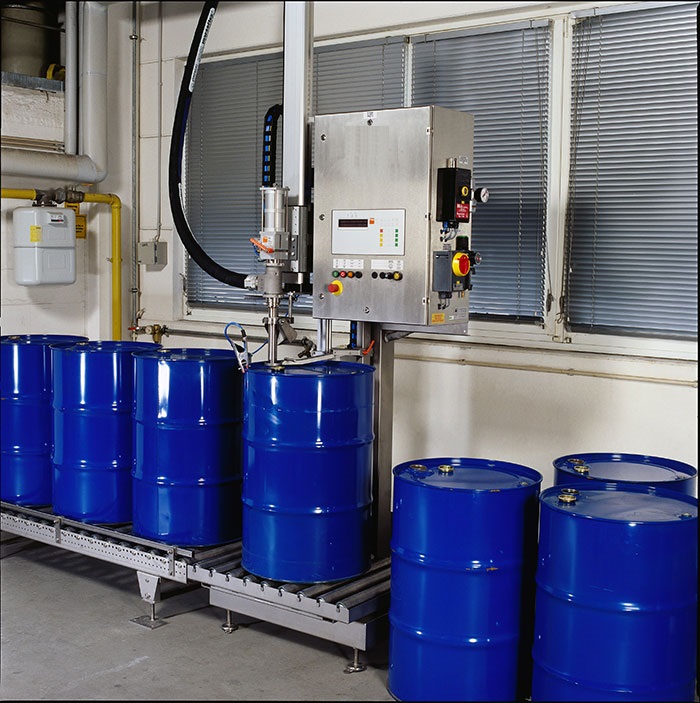

The solvent filling machine is mainly composed of four parts: a transmission device, a filling device, a suction capping device and a testing electronic scale device. It is composed of filling gun, filling barrel, synchronous motor, rodless cylinder and roller arm. It adopts automatic production from the access link of the barrel. It only needs to neatly place the barrel of the same specification and model in the designated position.
 020-34563445
020-34563445The automatic Filling machine adopts the two-stage automatic filling method of size material, with the function of automatically detecting the filling target amount out of tolerance, and is equipped with manual buttons for all actions and emergency stop buttons for special situations. The controller can store 30 groups of filling parameters, and the filling machine can adjust and control the filling production process by adjusting the panel. It has the function of manual automatic switching, and can adjust the self-tuning quantity under automatic conditions. It can interface with various brands and specifications of inverter and sensor, so that the system has great flexibility in the choice of equipment. The monitoring software on the computer uses the American DAQFactory configuration software. The software under Windows thread management is very reliable, the software has animation function and PID control function. The flexibility of the configuration software makes the personalization of the system more simple and convenient, and can easily customize the interface and operation flow according to the different needs of users.
On the basis of real-time filling, the historical record of all measurement points is realized. Once it is necessary to trace the past data information, open the historical trend page, click the right mouse button in the blank area below, and select any curve required by the user in the pop-up dialog box, and also through the "Set parameters" button on the historical trend page. Curves are displayed according to the time period specified by users. At the same time, the events that occur during the operation can be displayed in real time and queried in the historical alarm page, including: time, alarm occurrence date, time, alarm limit value, alarm recovery time, operating user, alarm variable name and so on. Through the report page, you can query all parameters in history and in real time, and print preview and print reports.




